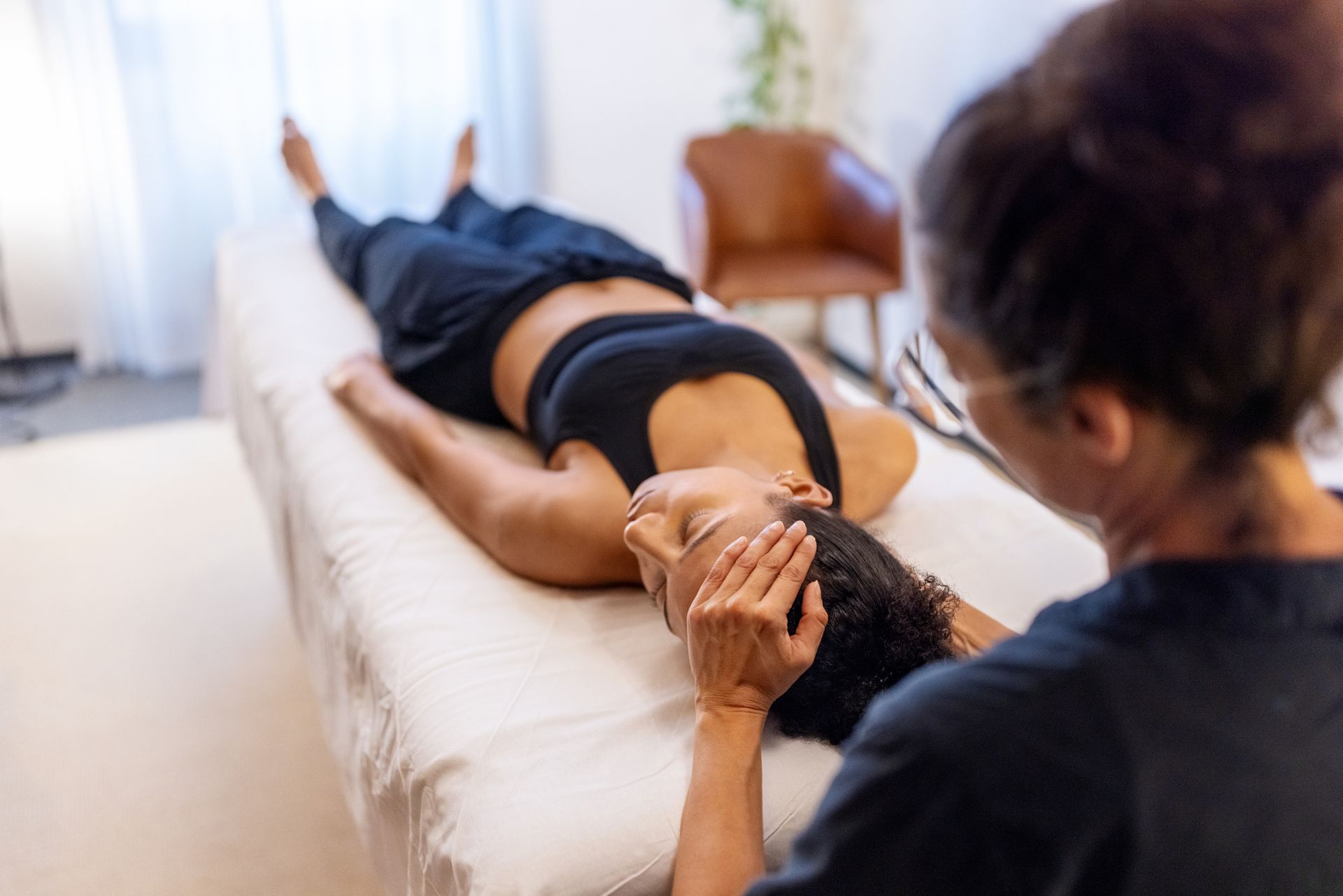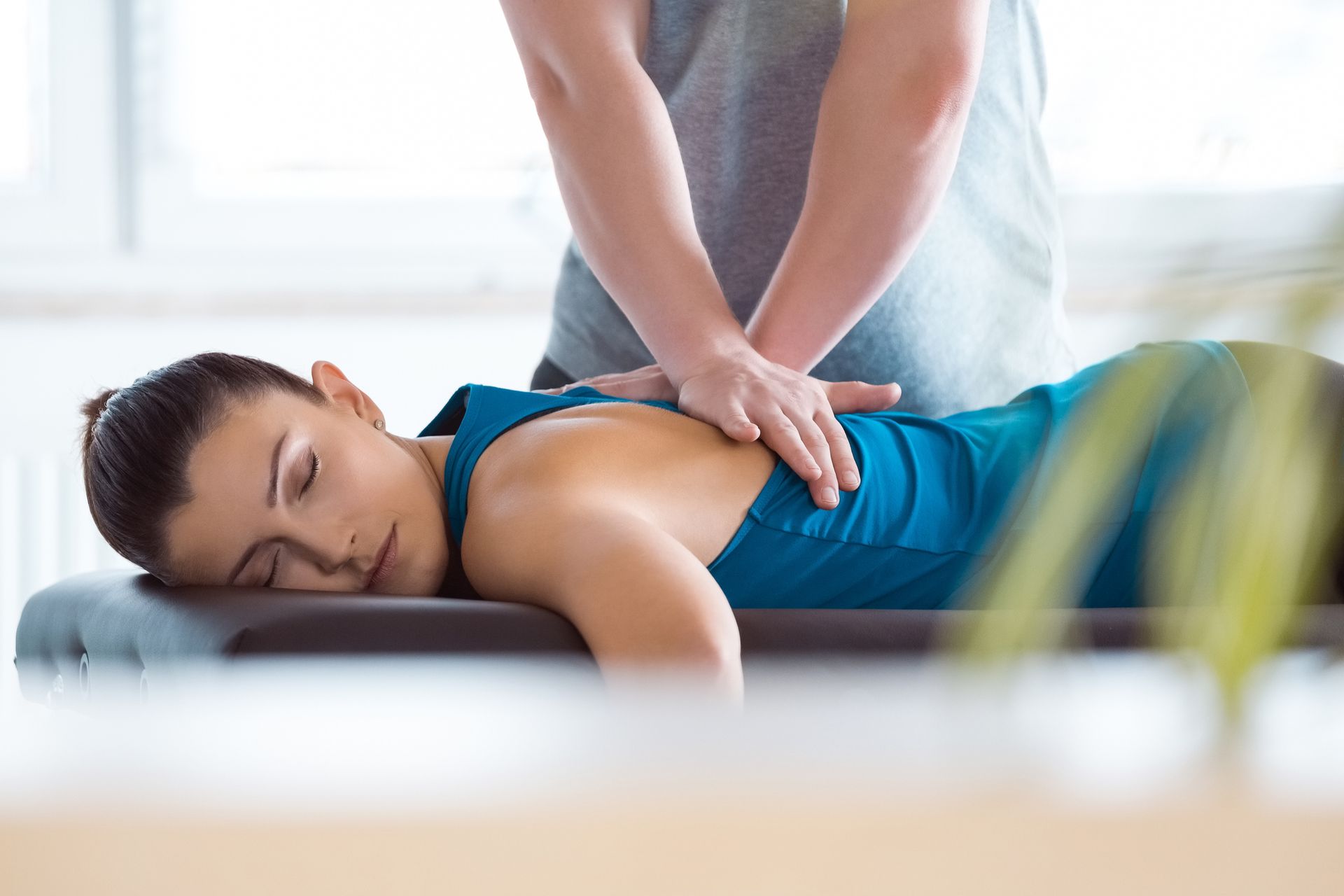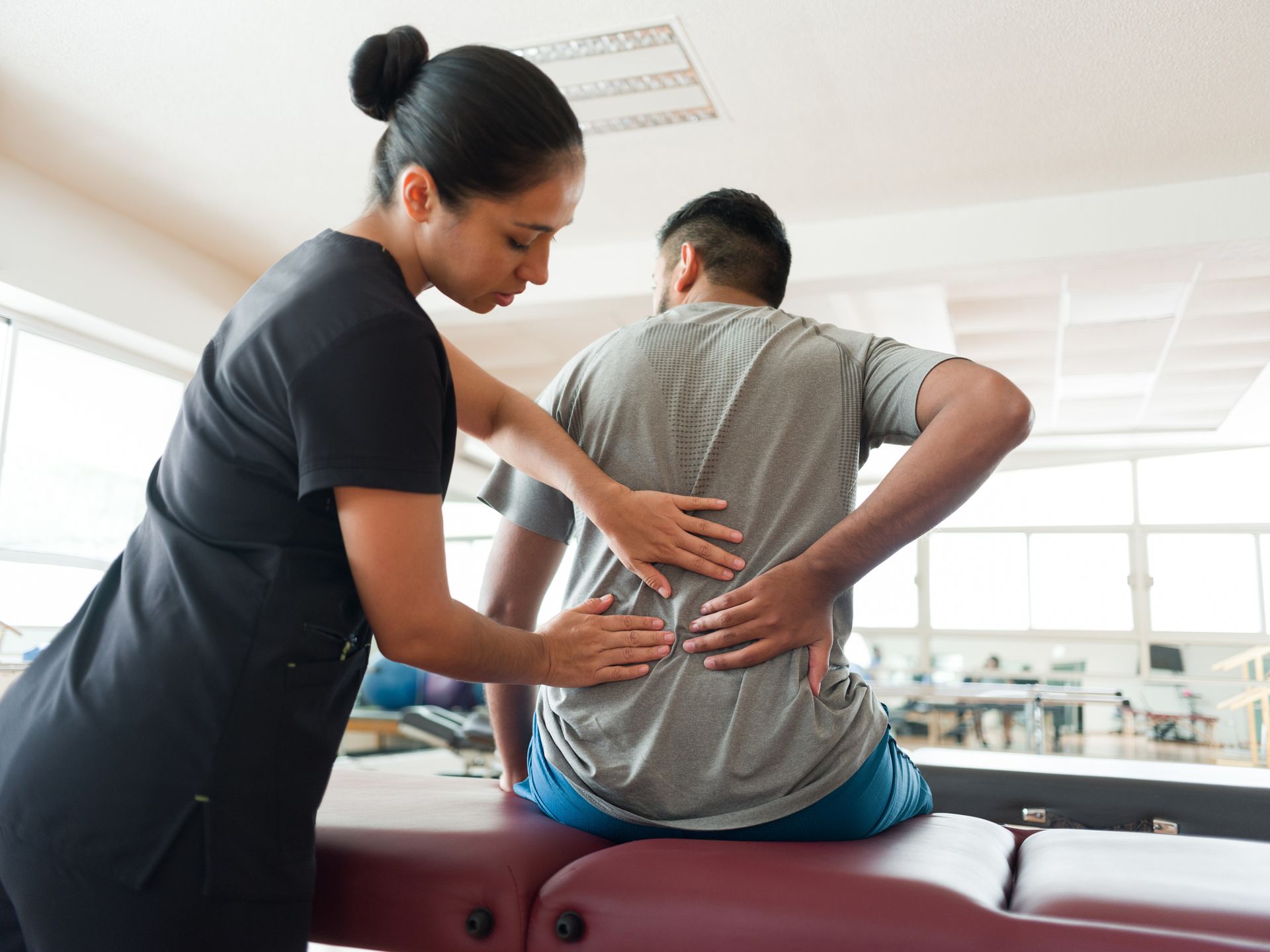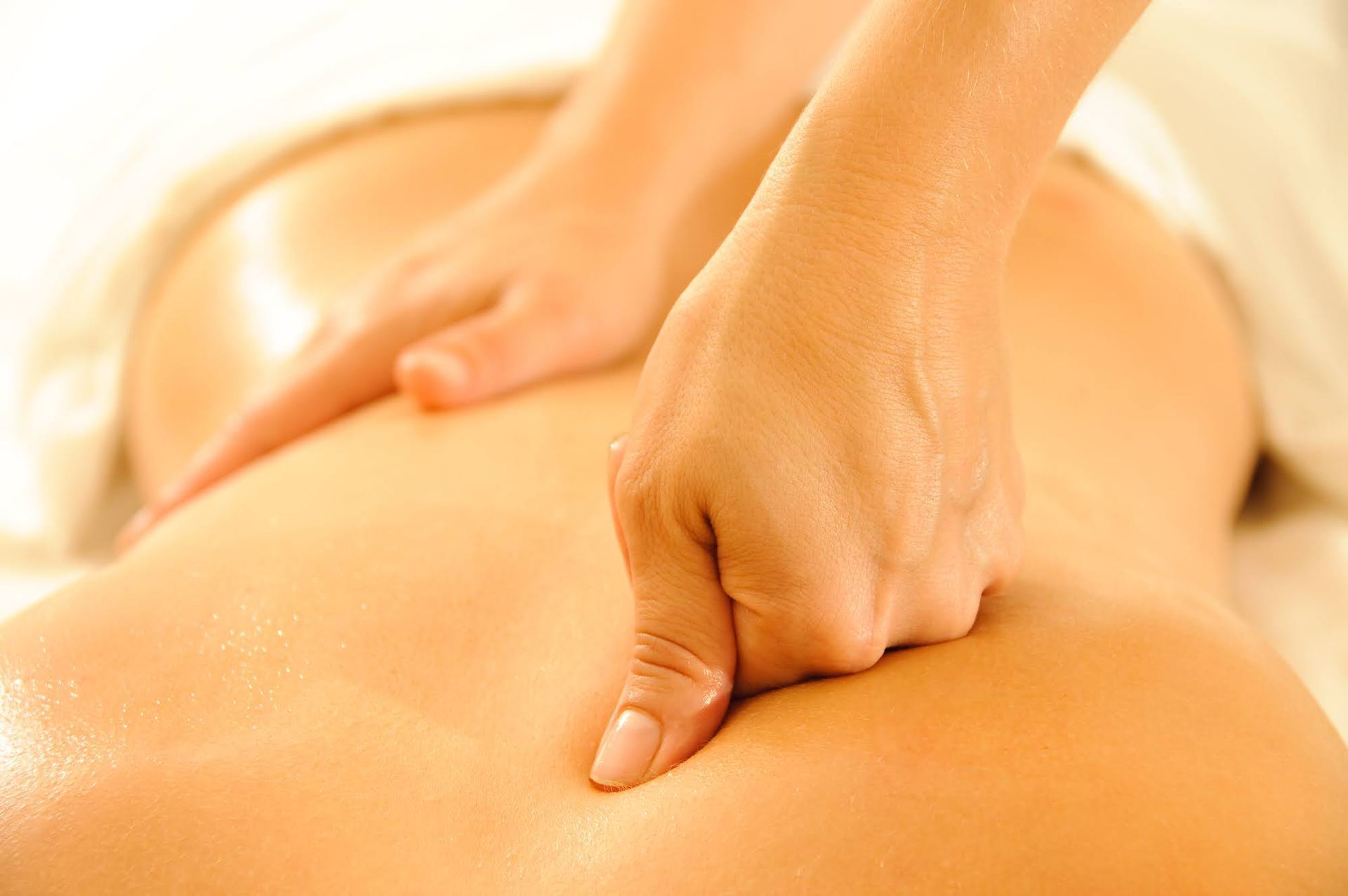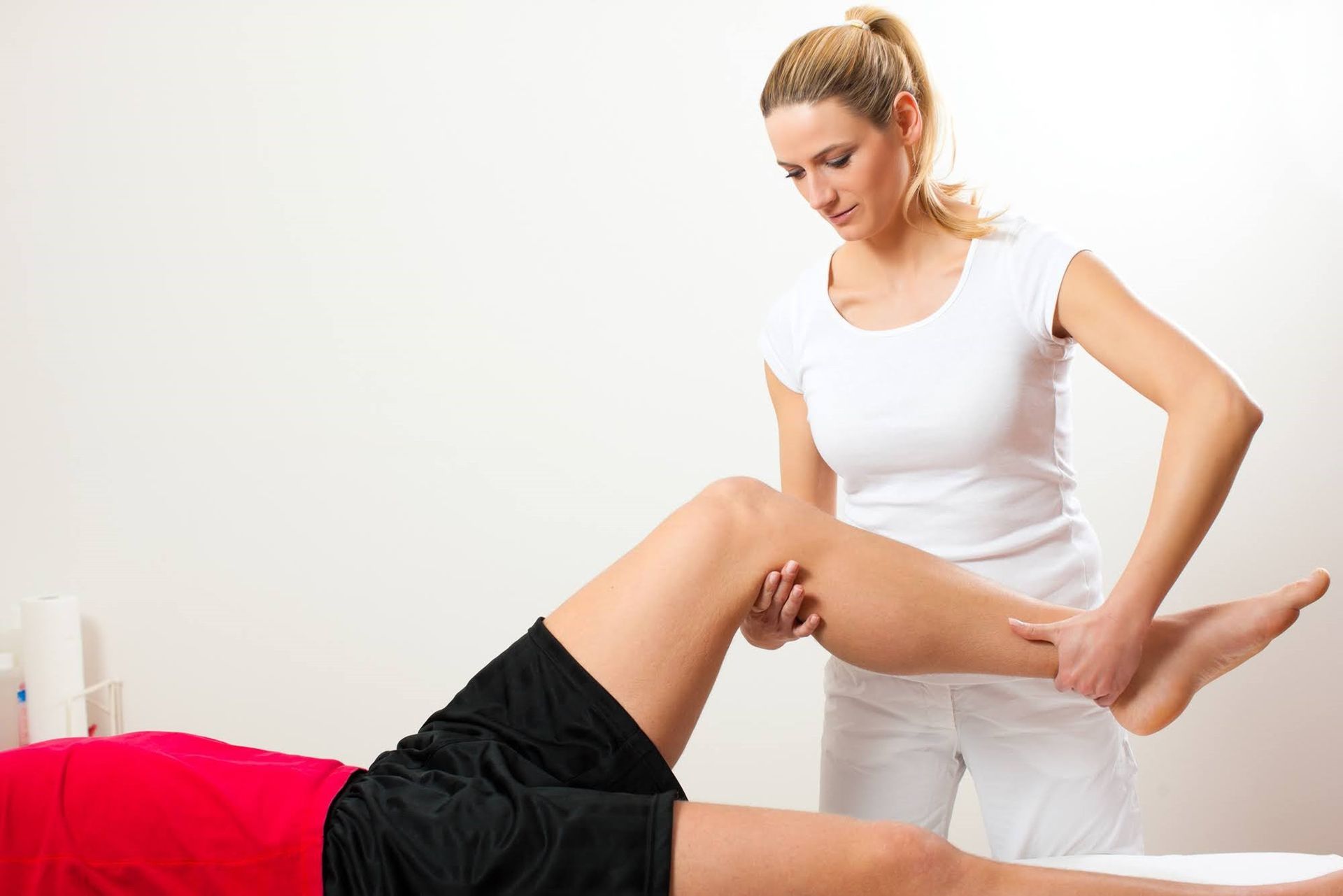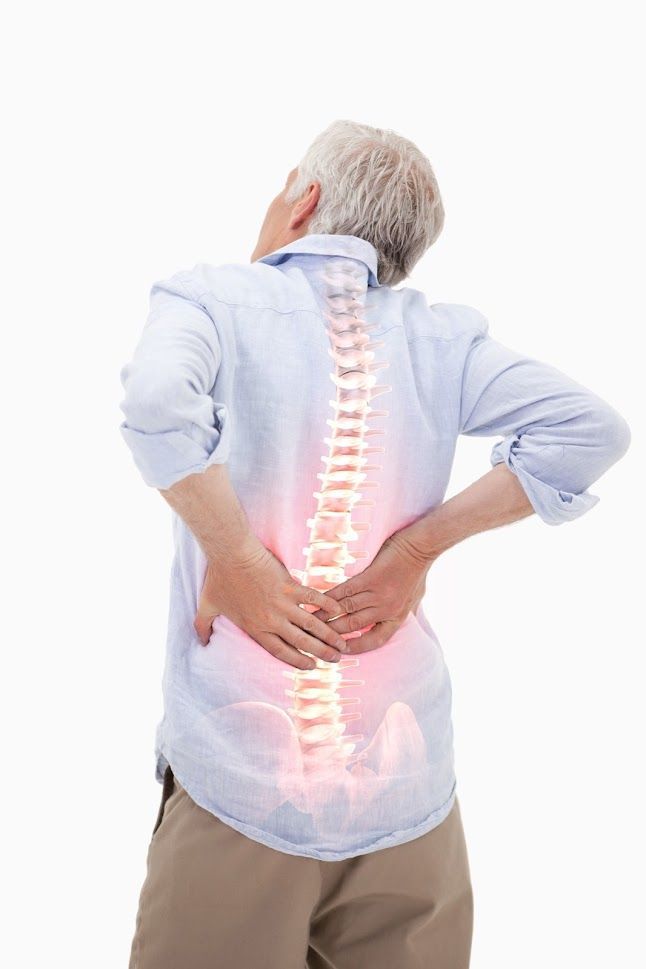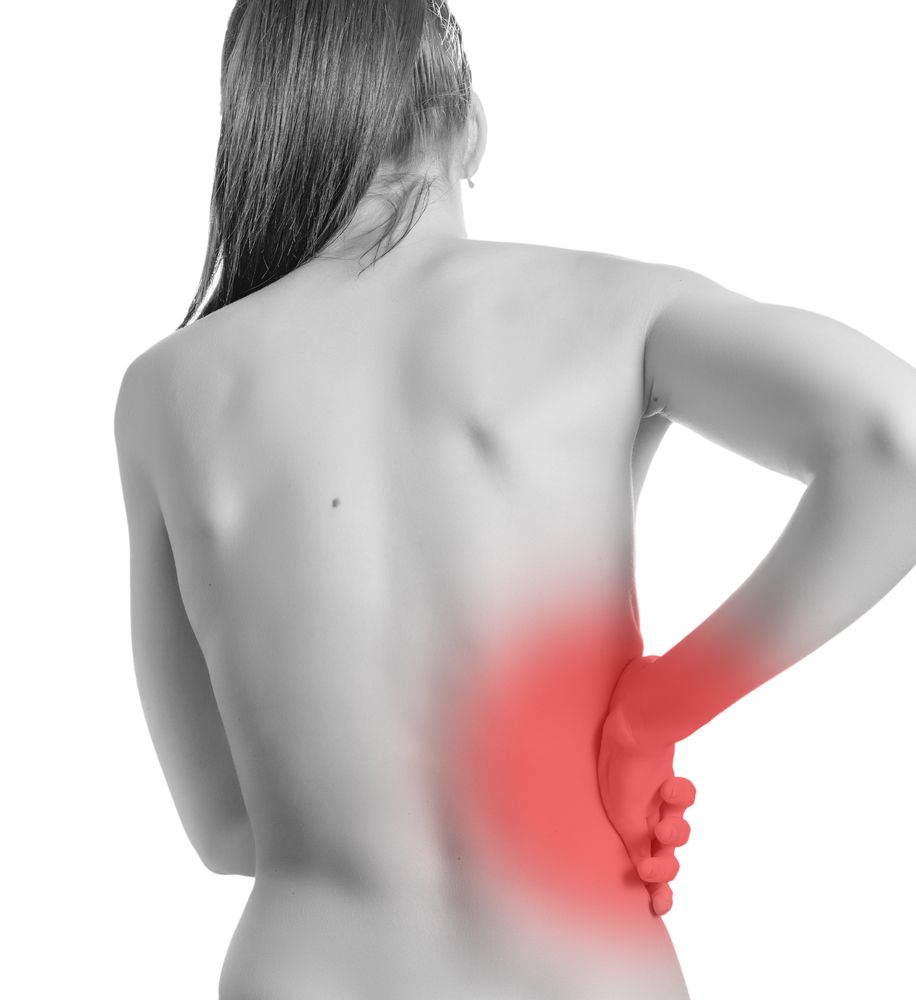Menopause and Joint Pain: Manage and Prevent Your Symptoms
Admin • October 24, 2019

Perimenopause and menopause can bring about many different issues as you age, including joint pain and sleep disorder. For some people, simply taking estrogen supplements and eating right can ease their symptoms. But for others, their symptoms may only get worse, even with the right supplements and diet plans.
If you suffer from perimenopause- or menopause-induced joint pain and sleep problems, manage your symptoms with the following tips.
Talk to Your Doctor
Perhaps the first and most important thing you can do about your symptoms is talk to your gynecologist or doctor. Your gynecologist can check your estrogen levels to see if they declined even further. Estrogen regulates many of your body's tissues, including your joints. If your estrogen levels decline too much, it may cause joint pain.
Estrogen plays a key role in preventing inflammation in your joints. Inflammation can make your joints feel swollen, hot, and achy. Some people develop arthritis-like pain in various areas of the body, including the hands and feet. If you already have arthritis, your symptoms may seem worse to you.
Along with other perimenopausal and menopausal symptoms, joint pain can keep you up at night. Sleep is crucial for perimenopausal and menopausal adults. If you don't maintain the proper sleep cycles, you may become irritable and anxious during the day. You may also feel low on energy, even after taking a nap or short rest.
If your doctor discovers a marked decrease in your estrogen levels, they may change your hormone replacement treatments. Your doctor may also examine your joints to see if arthritis set in. If you do have arthritis, your physician may ask you to take medications to alleviate the inflammation in your joints.
If you still feel pain in your joints or suffer sleepless nights, consider trying physical therapy as your next treatment option.
Consider Different Types of Physical Therapy
If you already participate in aerobics, you may think you don't need outside help to improve your joint pain. However, aerobics and other high-impact exercises may be too tough on your joints right now. You may actually need to try different therapeutic treatments to see a difference in your symptoms and health.
A physical therapist will generally run an assessment on your overall health before they establish a therapy plan for you. Perimenopause and menopause don't just affect your joints. The age-related conditions can also affect your heart and other organs. It's important to address everything about your health before you move forward with therapy.
After a therapist completes your assessment, they'll establish a program for you. Your program may include aquatic therapy, exercise therapy, and manual therapy. Aquatic therapy, in particular, may be an easier way to strengthen your joints because it relies on the power of calm water to strengthen your body.
Manual therapy is another option you may need to improve your health. Manual therapy improves the range of motion and mobility in your joints. Exercise therapy gradually improves your cardiovascular health, balance, nerve functions, and muscle strength. You want to gradually improve your joint health before you try more high-impact exercises.
Some physical therapy specialists assign their clients exercises to perform at home. Your exercises may be modified versions of the exercises you complete at physical therapy. If you encounter any problems completing your exercises, contact a physical therapist immediately for assistance.
Also, keep track of your estrogen levels during your therapy. If your estrogen levels decline again, a therapist may modify your therapy plans to accommodate your needs.
If you're tired of suffering from perimenopause- or menopause-related joint pain, contact us at Advanced Physical Therapy for help.


